
Mealybugs
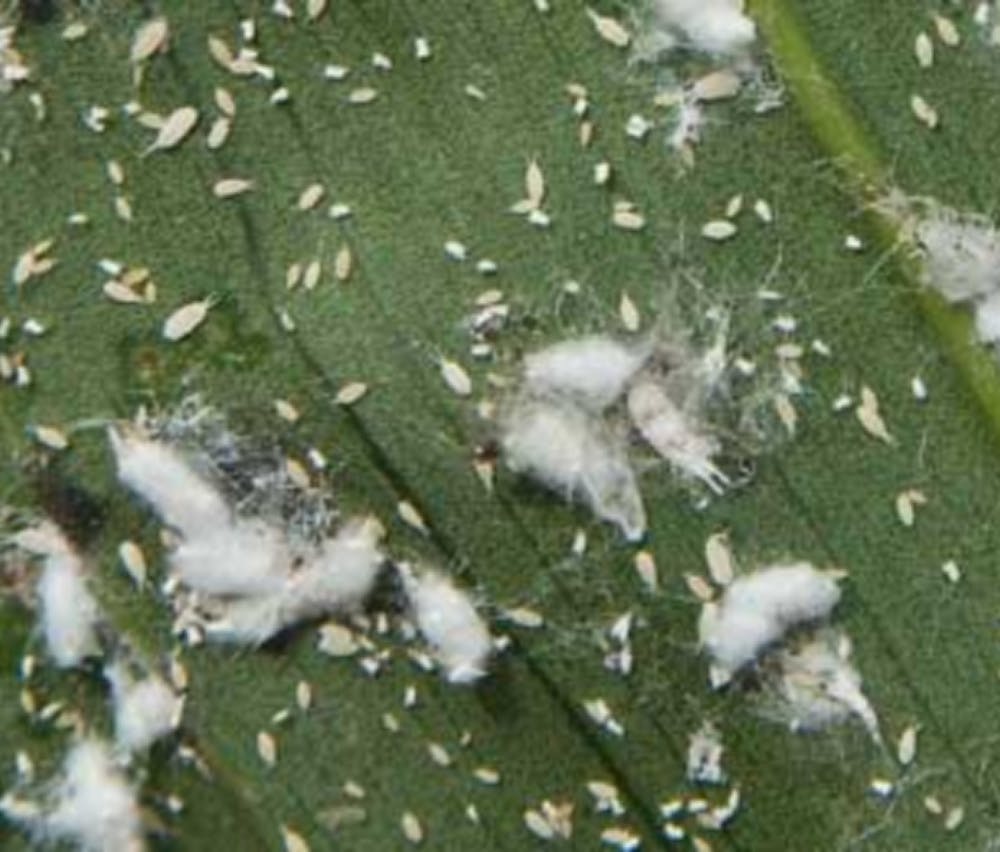

Gallery
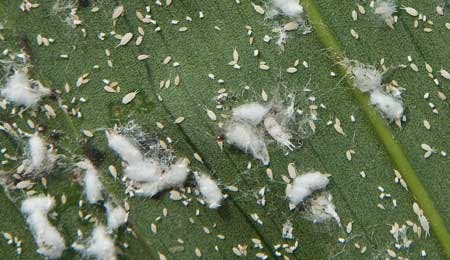
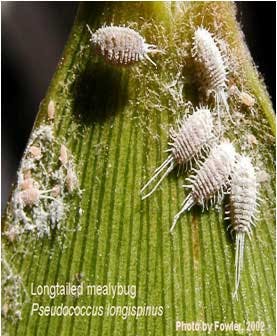
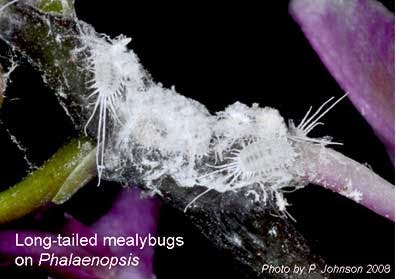
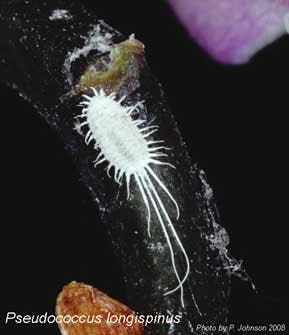
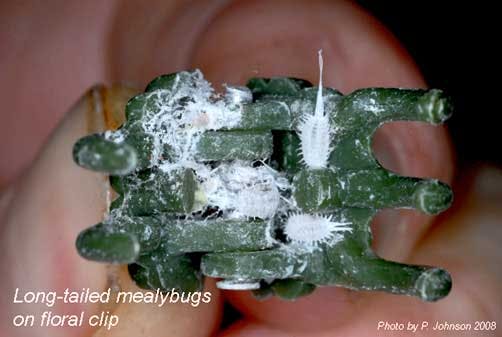
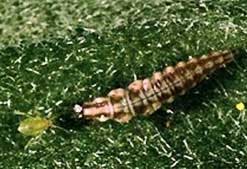
Additional Information
Mealybugs suck sap from plant phloem, reducing plant vigor, and they excrete sticky honeydew and wax, which reduces plant and fruit quality, especially when black sooty mold grows on the honeydew.
Mealybugs also fit into the category of weaker and more susceptible to pesticides, but to make up for that, they reproduce rather quickly. Depending on species and temperatures, mealybugs tend to mature and lay eggs after about 24-73 days[1].
Mealybugs protect themselves from most pesticides by secreting waxy mealy white powder that repels water and sprays (this mealy secretion is where they get their name from). Mealybugs are sometimes confused with other pests that produce mealiness, honeydew, and black sooty mold, including the cottony cushion scale, woolly aphids, and even some soft scales and whiteflies. Be sure to carefully examine the insect beneath the mealiness to identify it properly[2].
Using systemic insecticides are efficient at poisoning mealybugs, and preventing mealies from becoming established, if applied regularly as a prophylactic.
Spray-on, or direct-contact insecticides, such as insecticidal soap and horticultural oil, are the most effective means of control, as is simply crushing them with a Q-Tip. Using alcohol is not very effective against mealybugs, and can actually strip away the waxy cuticle layer of the epidermis[3], making it weak and even more susceptible to pests! Always disturb the nest by physical means – wiping the mealy powder away and/or washing the bugs off the plant. If followed by a spray of insecticidal soap, almost always cures them.
Mealybugs may vector viruses and other disease, if spreading from plant to plant. It’s important to deal with mealybugs as soon as possible. We recommend multiple applications of pesticides to control mealybugs. Indoors, it is possible to eradicate them. Typically 3-4 applications of pesticide with intervals of a few days will do the trick. Outdoors/in greenhouses, you will need to spray regularly as part of an IPM program (See here, here, and especially here for more information). Mealybugs are susceptible to IGRs (insect growth regulators) and systemic pesticides, as the pesticide is present in the phloem sap when absorbed. The best way to eliminate mealy bugs is to use a contact pesticide, such as insecticidal soap along with an insect growth regulator.
For more information in Mealybugs, see:
- Saint Augustine Orchid Society:
https://staugorchidsociety.org/PDF/Johnson-Mealybugs.pdf
[1] Texas A&M Extension https://extensionentomology.tamu.edu/insects/mealybugs/
[2] University of California Agriculture and Natural Resources http://ipm.ucanr.edu/PMG/PESTNOTES/pn74174.html
[3] Isopropanol, the most common alcohol used for injuries, dissolves waxes of the plant cuticle/epidermis.

FREE ACCESS: Orchid DealWire
Get notified when orchid vendors have special promotions and exclusive savings.







